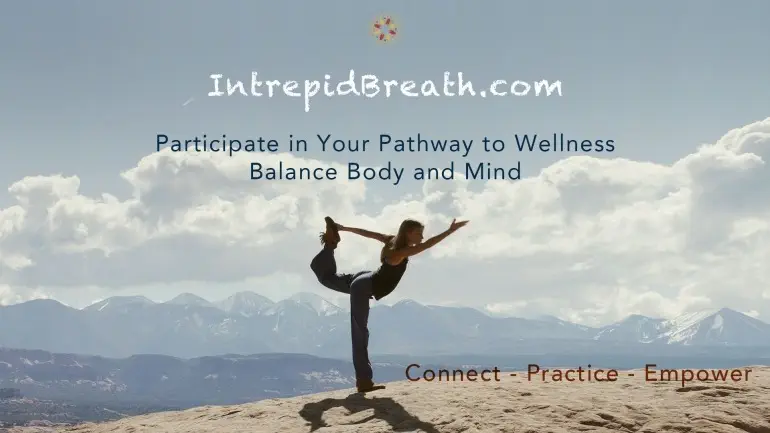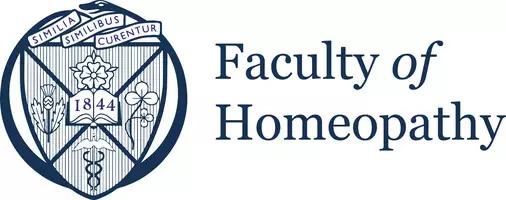Finding Time to Exercise
It is very important to keep our immune system fit. And when you have a busy lifestyle, not finding time to exercise can create stress and anxiety. !
Stop here!!… and take a deep breath…….
What if you could change the situation? What if you could actually make GOOD USE of the little time you might have available?
View it this way: This is an excellent opportunity to commence a new habit: exercising at home, hotel, work. Even if it’s only 15 or 20 minutes, I assure you, you will notice the difference. I want to introduce you to Intrepid Breath.
It is an amazing way to practice yoga whenever you want and wherever you prefer. Wendy Campbell has her own history of cancer, and she found yoga profoundly helpful in her journey. She founded “Intrepid Breath” to allow people to benefit from yoga at home. You can read more about her and her mission on her website:
www.intrepidbreath.comAlthough I haven’t had the pleasure to meet Wendy personally yet, I met her business partner, Luigi Cassinelli. We seem to have a similar philosophy about helping cancer patients and when I asked them to give a helping hand to those who couldn't afford the subscription (which is only £16 per month), Wendy and her partner agreed to give 1 free subscription for every 5 subscribers referred by me.
So the more people subscribe, the more can benefit from the healing power of yoga!!
The only thing you have to do is stating my name in the field of “additional information” when you subscribe.
If this wasn’t generous enough, Wendy and Luigi also offered to give free vouchers to try one lesson for free!
Now you have no excuse! :-)
You can register following this link:
References:
1. A. Sood, T. I. Moynihan, ‘Cancer—related fatigue: an 'update’ Current OncologyReports, 7(4), 2005: 277—82.
2. A. Bardia, L. C. Hartmann, C. M. Vachon, et al. ‘Recreational physical activity and risk of postmenopausal breast cancer based on hormone receptor-status’ Archives of Internal Medicine, 166(22), 2006: 2478—83.
3. S. A. Adams, C. E. Matthews, 1. R. Hebert, et al. ‘Association of physical activity with hormone receptor status: the Shanghai Breast Cancer Study’ Cancer Epidemiology, Biomarkers & Prevention, 15(6), 2006: 1170—8.
4. J. A. Meyerhardt, E. L. Giovannucci, M. D. Holmes, et al. ‘Physical activity and survival after colorectal cancer diagnosis’ Journal of Clinical Oncology, 24(22), 2006:3527—34.
5. C. M. Friedenreich, ‘Overview of the association between physical activity, obesity and cancer’ Eurocancer (Paris: John Libbey Eurotex; 2005).
6. B. Tehard, C. M. Friedenreich, I. M. Oppert, F. Clavel-Chapelon, ‘Effect of physical activity on women at increased risk of breast cancer: results from the E3N cohort study’ Cancer Epidemiology, Biomarkers & Prevention, 15(1), 2006: 57—64.
7. J. A. Meyerhardt, D. Heseltine, D. Niedzwiecki, et al. ‘Impact of physical activity on cancer recurrence and survival in patients with stage III colon cancer: findings from CALGB 89803’ Journal of Clinical Oncology, 24(22), 2006: 3535—41.
8. M. D. Holmes, W. Y. Chen, D. Feskanich, C. H. Kroenke, G. A. Colditz, ‘Physical activity and survival after breast cancer diagnosis’ JAMA, 293(20), 2005: 2479—86.
9. E. Giovannucci, Y. L. Liu, M. F. Leitzmann, M. Stampfer, W. C.W111'ett, A‘ Prospective Study of Physical Activity and Incident and Fatal Prostate Cancer’ Archives of Internal Medicine, 165, 2005: 1005—10.
10. D. Ornish, G. We1'dner,.W. R. Fair, et al. ‘Intensive lifestyle changes may affect the progression of prostate cancer’ Journal of Urology, 174(3), 2005: 1065—9; discussion 9-70.
11. A. V. Patel, C. Rodriguez, E. J. Jacobs, L. Solomon, M. J. Thun, E. E. Calle,‘Recreational physical activity and risk of prostate cancer in a large cohort of US men’ Cancer Epidemiology, Biomarkers & Prevention, 14(1), 2005: 275—9.
12. T. I. L. Nilsen, ‘Recreational physical activity and risk of prostate cancer: A prospective population-based study in Norway (the HUNT study)’ International Journal of Cancer 2006.
13. R. J. Barnard, I. H. Gonzalez, M. E. Liva, T. H. Ngo, ‘Effects of a low-fat, high-fibre diet and exercise programme on breast cancer risk factors in vivo and tumour cell growth and apoptosis in vitro’ Nutr Cancer, 55(1), 2006: 28—34.
14. M. L. Irwin, ‘Randomised controlled trials of physical activity and breast cancer prevention’ Exercise & Sport Sciences Reviews, 34(4), 2006: 182—93.
15. P. E. Abrahamson, M. D. Gammon, M. J. Lund, et al. ‘Recreational physical activity and survival among young women with breast cancer’ Cancer, 107(8), 2006: 1777—
85.
16. N. Mutrie, A. M. Campbell, F. Whyte, et al. ‘Benefits of a supervised group exercise programme for women being treated for early-stage breast cancer: pragmatic randomised controlled trial’ British Medical Journal, 334(7592), 2007: 517..
17. P. S. Leung, W. J. Aronson, T. H. Ngo, L. A. Golding, R. J. Barnard, ‘Exercise alters the IGF axis in vivo and increases p53 protein in prostate tumour cells in vitro’ Journal of Applied Physiology, 96(2), 2004: 450—54.
18. R. J. Barnard, T. H. Ngo, P. S. Leung, W. J. Aronson, L. A. Golding, ‘A low-fat diet and/or strenuous exercise alters the IGF axis in vivo and reduces prostate tumour cell growth in vitro’ Prostate, 56(3), 2003: 201—6.
19. L. H. Colbert, M. Visser, E. M. Simonsick, et a1. ‘Physical activity, exercise, and inflammatory markers in older adults: findings from the Health, Aging and Body Composition Study’ Journal of the American Geriatrics Society, 52(7), 2004: 1098—104.
20. Jonsdottir IH et al, Physical exercise, endogenous opioids and immune function. Acta Physiol Scand Suppl. 1997;640:47-50.




